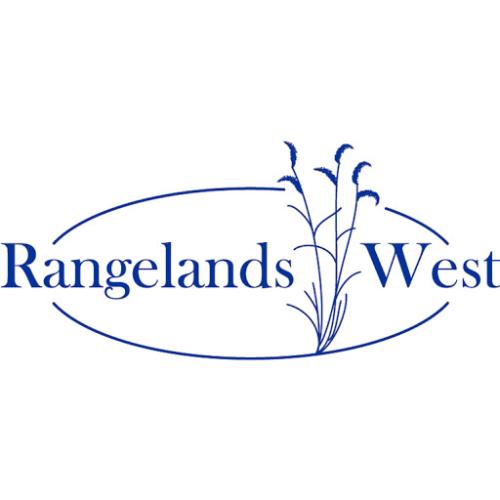The Interior Columbia Basin Ecosystem Management Project (ICBEMP) is an interagency effort that includes the development and application of successional modeling. Two of the primarymodels used in this effort are the Columbia River Basin Succession Model (CRBSUM) (Keane and others 1996) and the Vegetation Dynamics Development Tool (VDDT) (Beukema and Kurz 1996). Both models are based on succession classes, consisting of a cover type and a structural stage, functioning within a Potential Vegetation Type (PVT). Fifty-five PVTs, well over 100 cover types, and 21 structural stages have been used in the CRBSUM/VDDT efforts to date.Concurrent with the CRBSUM/VDDT efforts, the Bureau of Land Management (BLM) developing the OAESIS Rangeland Database (Walker, 1996) from Ecological Site Inventory (ESI) (BLM 1980; BLM 1984; BLM 1991; BLM 1992; Eshelman 1989) data collected last two decades. As part of the OAESIS development effort, BLM's data was cross-referenced to the CRBSUM/VDDT Potential Vegetation Types, and community classes were identified approximate the CRBSUM/VDDT succession classes. An initial crosswalk of community classes to succession classes is provided in appendix N of the OAESIS User's Guide.

Articles, citations, reports, websites, and multimedia resources focused on rangeland ecology, management, restoration, and other issues on American rangelands.